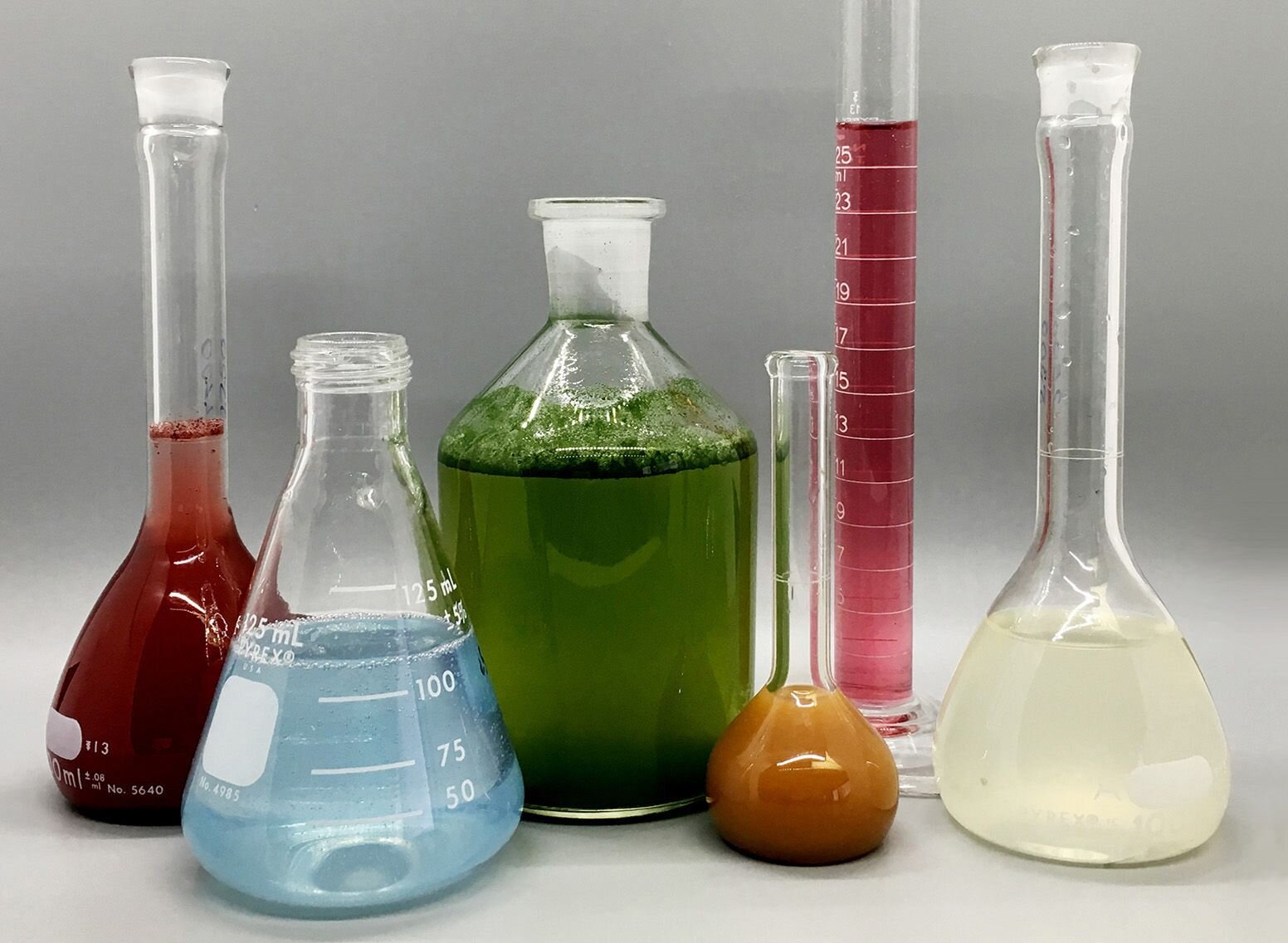The Best Guide To Uv/vis/nir
Wiki Article
The Ultimate Guide To Spectrophotometers
Table of ContentsAn Unbiased View of Uv/vis/nirOur Uv/vis/nir Statements4 Simple Techniques For SpectrophotometersUv/vis Things To Know Before You BuyThe Single Strategy To Use For Uv/vis

Although spectrophotometry is most commonly applied to ultraviolet, visible, and infrared radiation, contemporary spectrophotometers can question large swaths of the electromagnetic spectrum, including x-ray, ultraviolet, noticeable, infrared, and/or microwave wavelengths. Spectrophotometry is a tool that depends upon the quantitative analysis of molecules depending on just how much light is absorbed by colored compounds.
The Best Guide To Circularly Polarized Luminescence
A spectrophotometer is typically used for the measurement of transmittance or reflectance of options, transparent or nontransparent solids, such as refined glass, or gases. Although numerous biochemicals are colored, as in, they soak up visible light and therefore can be measured by colorimetric treatments, even colorless biochemicals can often be transformed to colored substances suitable for chromogenic color-forming reactions to yield compounds appropriate for colorimetric analysis.: 65 However, they can likewise be created to measure the diffusivity on any of the listed light varieties that generally cover around 2002500 nm utilizing various controls and calibrations.An example of an experiment in which spectrophotometry is used is the decision of the stability constant of a solution. A certain chemical response within a service might take place in a forward and reverse direction, where reactants form products and items break down into reactants. At some time, this chemical reaction will reach a point of balance called a stability point.
The Ultimate Guide To Circular Dichroism
The quantity of light that passes through the service is a sign of the concentration of specific chemicals that do not permit light to travel through. The absorption of light is because of the interaction of light with the electronic and vibrational modes of molecules. Each kind of molecule has an individual set of energy levels related to the makeup of its chemical bonds and nuclei and hence will soak up light of specific wavelengths, or energies, resulting in unique spectral residential or commercial properties.
The usage of spectrophotometers spans various clinical fields, such as physics, materials science, chemistry, biochemistry. spectrophotometers, chemical engineering, and molecular biology. They are commonly used in many industries including visit homepage semiconductors, laser and optical production, printing and forensic examination, in addition to in laboratories for the study of chemical compounds. Spectrophotometry is typically used in measurements of enzyme activities, decisions of protein concentrations, decisions of enzymatic kinetic constants, and measurements of ligand binding reactions.: 65 Eventually, a spectrophotometer is able to figure out, depending on the control or calibration, what substances are present in a target and exactly just how much through computations of observed wavelengths.
This would come as a service to the formerly produced spectrophotometers which were not able to absorb the ultraviolet correctly.
Little Known Questions About Spectrophotometers.
It would be discovered that this did not give satisfactory results, therefore in Design B, there was a shift from a glass to a quartz prism which allowed for much better absorbance results - UV/Vis/NIR (https://lwccareers.lindsey.edu/profiles/4273853-julie-ann-desa-lorenz). From there, Model C was born with a change to the wavelength resolution which wound up having 3 systems of it producedIt irradiates the sample with polychromatic light which the sample takes in depending upon its homes. It is transmitted back by grating the photodiode range which detects the wavelength area of the spectrum. Ever since, the production and implementation of spectrophotometry devices has increased immensely and has actually become one of the most ingenious instruments of our time.

Facts About Spectrophotometers Uncovered
Historically, spectrophotometers use a monochromator containing a diffraction grating to produce the analytical spectrum. The grating can either be movable or fixed. If a single detector, such as a photomultiplier tube or photodiode is utilized, the grating can be scanned stepwise (scanning spectrophotometer) so that the detector can measure the light intensity at each wavelength (which will represent each "action").In such systems, the grating is fixed and the intensity of each wavelength of light is determined by a various detector in the selection. When making transmission measurements, the spectrophotometer quantitatively compares the portion of light that passes through a recommendation service and a test service, then electronically compares the intensities of the two signals and computes the percentage of transmission of the sample compared to the referral requirement.

Report this wiki page